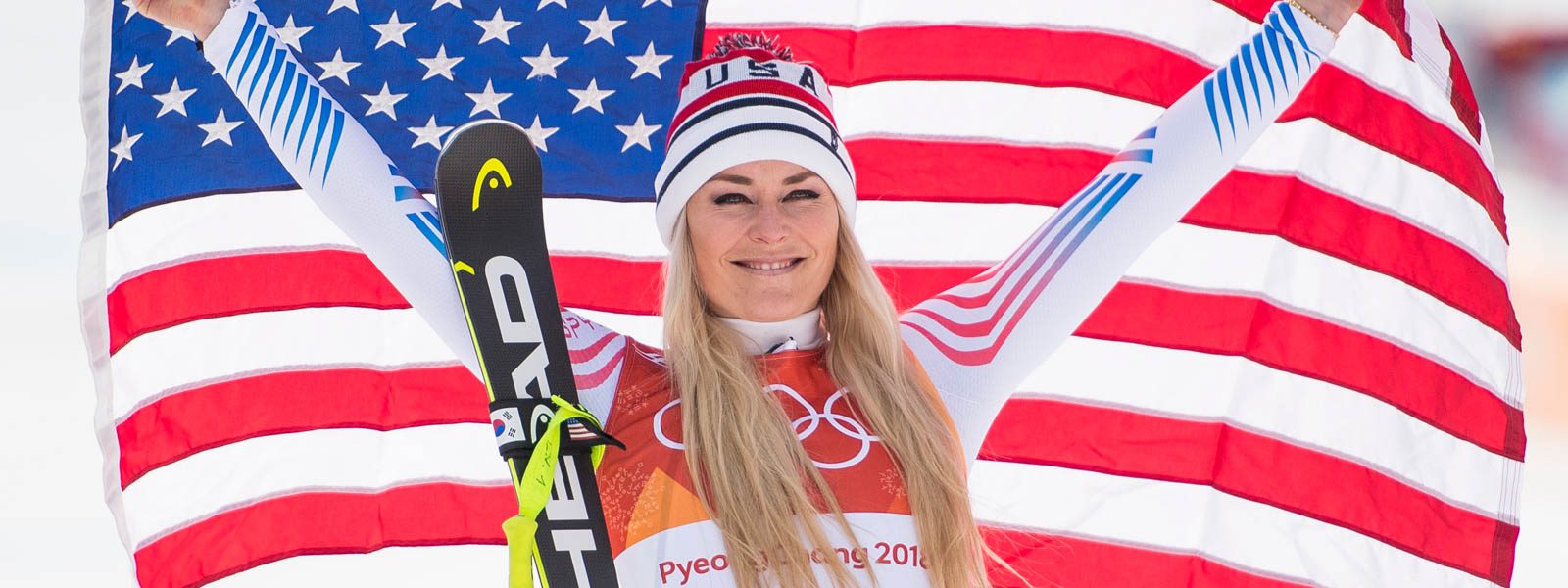How skis are tested – Insights from the Völkl-Test-Team
Have you ever wondered how skis get developed and tested? What does a typical test day look like? We met the Völkl factory team and got insights into their work.
A day with the test team
Passo Stelvio, 4 am, two product managers, an engineer and three freelance testers comprise today’s crew. In their luggage: four ski bags with 22 pairs of skis.
The Völkl test team starts the day like a racing team: early wake-up, breakfast and out on the snow as soon as the sun rises. Snowcats transport the Völkl test team up the glacier to the top of the training lanes.
The product managers begin the test session on the glacier by giving a quick briefing on a few things. The team learns which models they will test. Additionally, they receive information on the products’ target group and the reasons for and objectives of any modification.
Then the actual test begins. Every team member skis at least one run with each prototype. But they don’t just ski them. They push them to their limits and try them out in various modes: powerful and easy-going, short and long turns, and carving and drifting. This process filters the little details and slight differences, ultimately leading to a better ski. After every run, the testers write notes with their feedback. Among other parameters, their focus is on dynamic response, consistency, variability, harmony, precision, grip, reliability and suitability for the target user.
At the end of the session, the team assembles and briefly discusses their primary views. If all the feedback is relatively consistent, the test team returns to the hotel. However, skis that are given significant conflicting reviews receive additional test runs to clarify the discrepancy.
Enjoy the pasta before returning to work.
After a delicious helping of Spaghetti Carbonara, the crew discusses each prototype in a team meeting. What worked well for whom and why? The testers communicate their impressions directly to the engineer, while the product managers summarize the findings in a test report.
At the factory, they carefully correlate lab data and tester feedback. Then the engineers’ core work begins. Together with the product managers, they develop a plan for new prototypes, edit concepts, pick the necessary material and assign the constructors to build the new skis. As soon as they’re ready, the test team takes them on snow and begins the procedure again.
It often takes several tries until the team finally approves a ski, especially in the case of new model projects. So, fingers crossed for the next test days when we’ll hopefully see them having a glass of prosecco together – their ritual after a successfully completed project.
Facts and figures
This is a typical work week for the team. Ski testing occurs once or twice a week throughout the year, totaling around 70 days. To keep the test team challenged, 800 to 1,000 pairs of prototypes are built at the factory in Straubing every year. All Völkl skis are developed at the German headquarters and most of them are also manufactured there – something the company is comprehensively very proud of.
Two experienced masterminds are behind Völkl skis. Former World Cup skier Anja Blieninger is the product manager of the race and all-mountain skis, while Andi Mann is responsible for the off-piste, free-ride and touring skis. Blieninger comments,“We accompany the whole development process from the initial idea until the final product for each ski, but the engineers, constructors, designers and all other workers at the company are the crucial pieces of the big puzzle.”
And another piece of that puzzle is their test team. It currently consists of six to eight freelance testers from different nations, including former World Cup skiers, state ski instructors, or alpine mountain guides. This skier mix helps meet the expectations of the respective target groups when developing new skis.
But is all that effort necessary? “Yes,” says Blieninger. “We aspire to bring every ski to perfection before it’s presented to the market—every ski in every length.” She is referring to the fact that most companies develop the primary ski length of a model and only calculate the dimensions of the additional lengths, while Völkl takes every size of every ski model on snow to test it. “As many times as it takes until we can open a prosecco,” adds Mann with a wink.
Close cooperation with the race department
All types of skis undergo this process except race skis. The difference is that the race ski prototypes come straight from the race department. Former ski racing athletes on the test team test the race models but forward them to the current athletes for fine-tuning. “All our other skis receive their final approval from us,” explains Blieninger. This pre-selection by the test team saves the Völkl athletes time and effort.
The race department and the test team are independent but work side by side in close cooperation. That close relationship is a win-win situation in several aspects. The race team initiates some innovations, and some originate from the test team. The other department is informed whenever an innovation proves its advantages and can immediately incorporate it into its new prototypes.
Big responsibility
Whether you ski on Völkl race, all-mountain, free-ride, or touring skis next season, you can be sure that countless hours of development processes, several test days and a lot of passion have gone into your skis. That’s also why the product managers and testers are always a bit nervous when they approve a ski. Mann reveals, “It’s quite a big responsibility when you know that your decision impacts thousands of people who will ski with this model in the future. You better be 100% sure.”



























